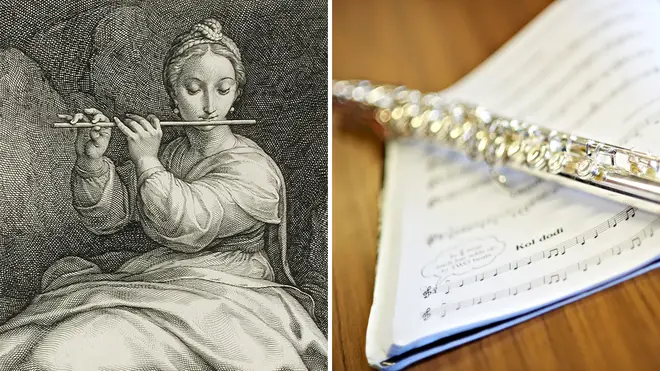danylo
Level 2 Treasurer
Posts: 74
Mini-Profile Background: {"image":"https://media.istockphoto.com/vectors/music-background-vector-id1076840920?k=20&m=1076840920&s=612x612&w=0&h=7npgZI1DyLkiejEZM19R0XHWdgJGijuTK4cXZvIA72Q="}
Mini-Profile Text Color: f8fafc
Mini-Profile Name Color: f8fafc
|
Post by danylo on Oct 30, 2023 17:25:08 GMT
Flutes are held to the side to enable their players to blow an airstream across a mouth hole on the side of the cylindrical tube of the flute. The reason they became side-blown was to strive for new possibilities in terms of the quality of sound produced and achieving evenness in chromatic scales. These flutes, known as transverse or cross flutes, were known in ancient Greece, India, China and Japan; and later in a one-keyed version, made of wood, in France. This one-keyed sideways flute was firmly established in Europe by the late 17th Century and is attributed to the Hotteterre family of instrument makers and musicians based in Paris. The 17th-century Hotteterre and Hotteterre-inspired flutes were 'conical' instruments and they were split into two separate parts that enabled one section to stray from an even diameter throughout, instead narrowing towards the foot of the instrument.  |
|
 Nov 10, 2024 12:41:58 GMT
Nov 10, 2024 12:41:58 GMT
 Sept 30, 2024 9:57:24 GMT
Sept 30, 2024 9:57:24 GMT
